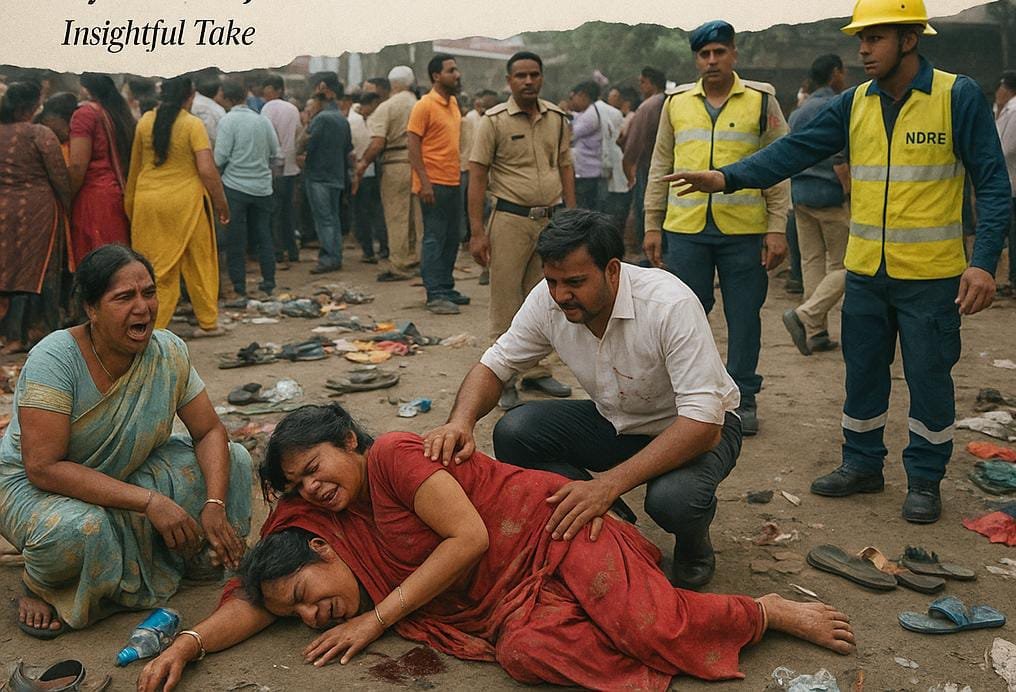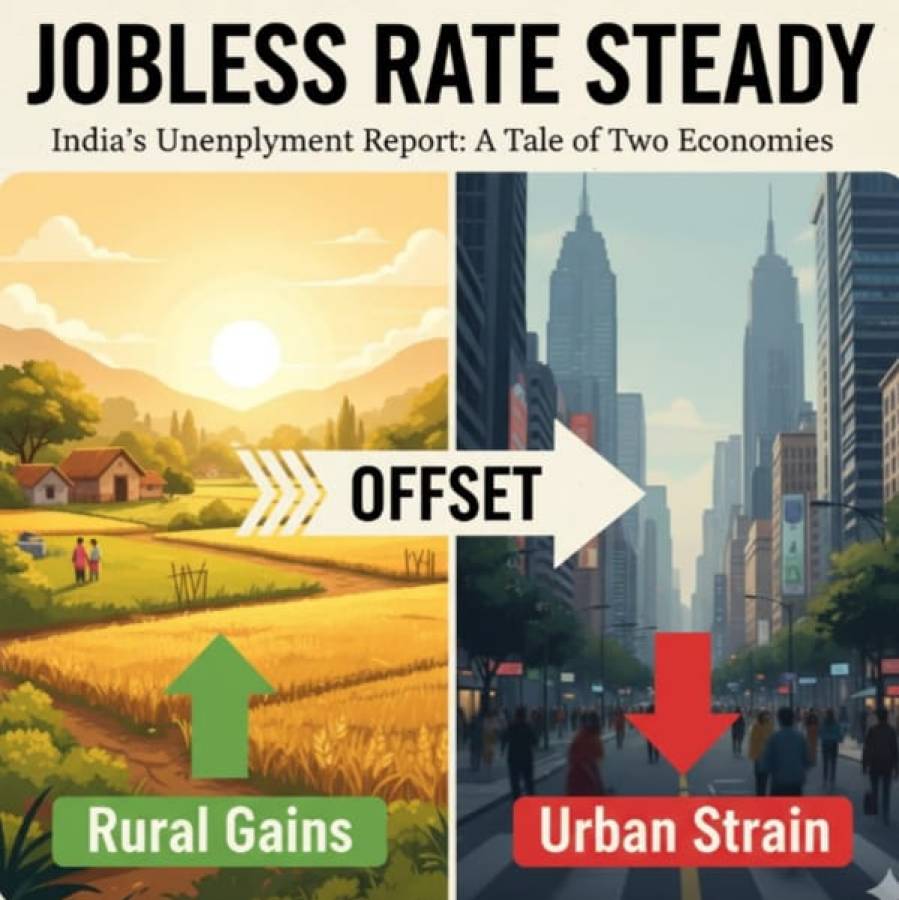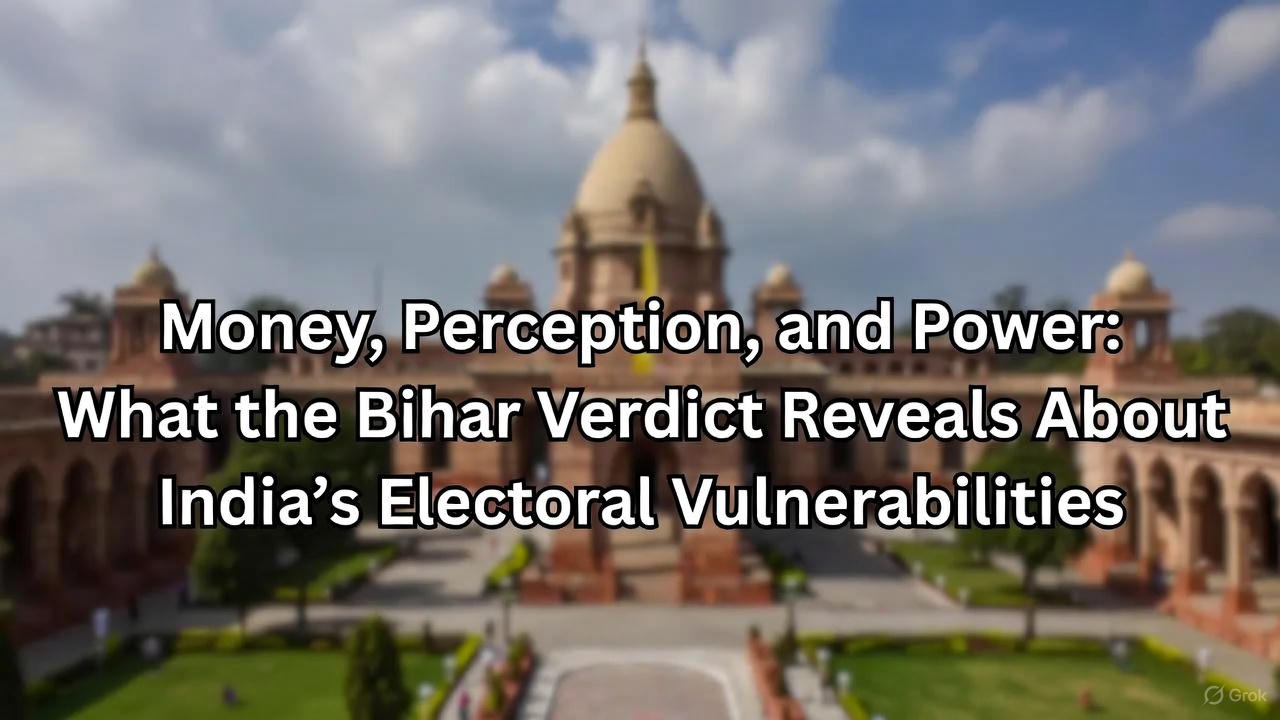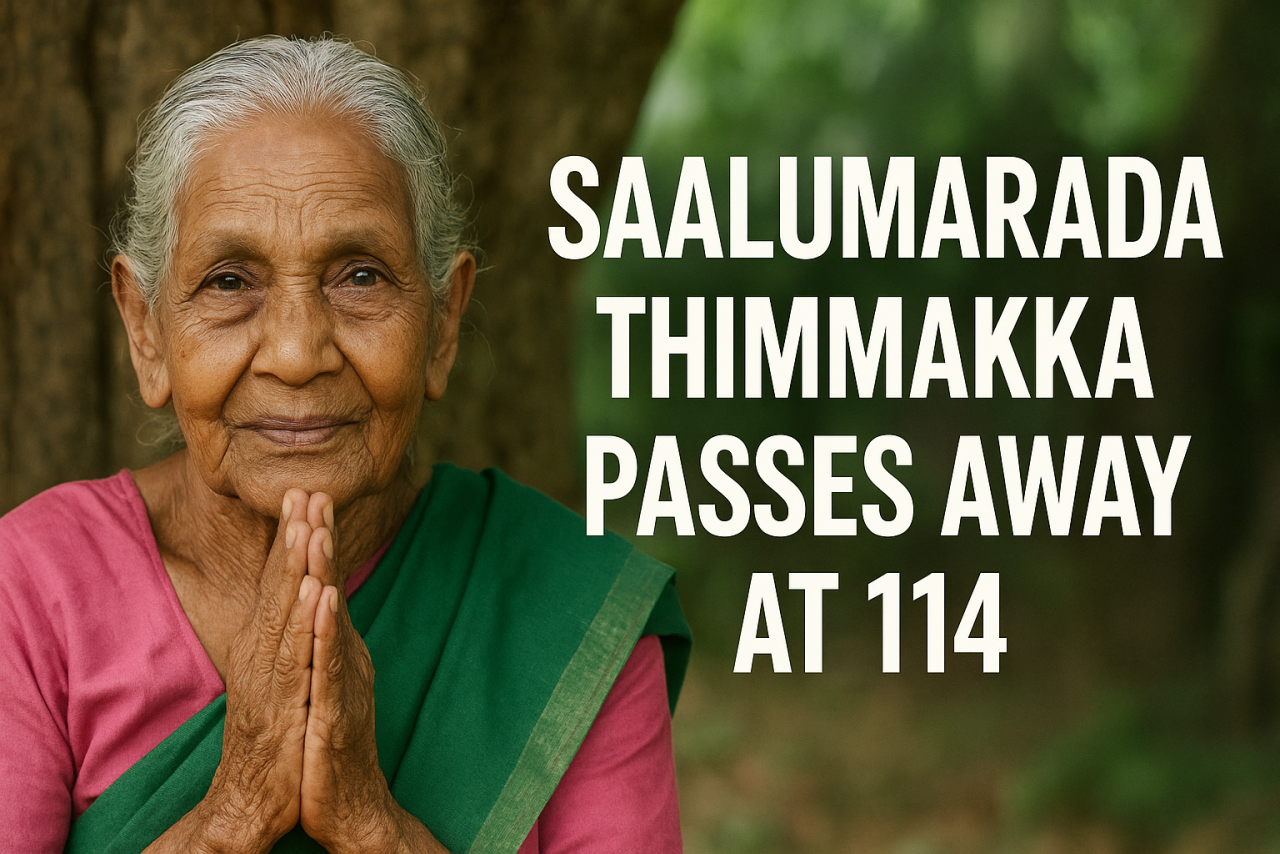
At least eight people, including a 12-year-old boy, lost their lives and over 30 were injured in a stampede on Sunday (July 27, 2025) at the revered Mansa Devi Temple in Haridwar. The chaos was reportedly triggered by a rumour about a high-voltage electric wire falling on the passage. But the tragedy is no anomaly. It fits a pattern as old as our temples and as recent as yesterday. When crowd control collapses, ritual turns ruinous.
The visuals were haunting: abandoned slippers, tearful devotees, and panic-stricken chaos. Survivors described scenes of utter mayhem as people ran in opposite directions. Some stumbled, some were crushed, and many screamed in confusion. The passage was narrow, the flow unregulated. Most shockingly, there were no barricades, no organised queues, and not even an emergency plan in sight. According to eyewitness Bunty, police presence was minimal, as many officers were diverted for panchayat election duties. The system, once again, was not just absent. It was irrelevant.
This is not an isolated tragedy but part of a grim pattern that has intensified over the past two years. In June 2025, during celebrations for Royal Challengers Bengaluru’s historic IPL title outside the M. Chinnaswamy Stadium, a crowd crush killed 11 people and injured over 50 as fans surged through narrow gates without proper permissions or control. Just months earlier, in January 2025, a deadly crush at the Kumbh Mela in Prayagraj claimed multiple lives as pilgrims overflowed restricted zones. In October 2024, a Navratri gathering in Gujarat turned fatal due to inadequate crowd management. And now, in July 2025, the Mansa Devi Temple in Haridwar adds to this sorrowful sequence. Even secular and sporting events are not spared. The difference between an incident and a national tragedy in India is often just a few inches of space or the lack of it.
Despite India's expertise in managing elections with hundreds of millions of voters or executing space missions with millimetric precision, it continues to fail at regulating faith-based gatherings. Haridwar’s Mansa Devi Temple attracts lakhs of devotees, especially on Sundays and festivals. Yet, crowd flows are rarely staggered. There are no public address systems, no emergency evacuation drills, and no contingency plans.
The tragedy was formulaic. The Uttarakhand government blamed a rumour. The opposition blamed the government. Arvind Kejriwal demanded a judicial probe. And the public was left with condolences. Meanwhile, District Magistrate Mayur Dixit acknowledged the presence of rumours but offered no explanation for why basic infrastructure and personnel were missing.
The larger issue is not just infrastructure. It is the ceremonial failure of governance. Crowd control is still seen as reactive firefighting rather than proactive administration. The Tirupati Temple and parts of Vaishno Devi have adopted crowd zoning and tech-based monitoring. But most other religious centres function on faith and hope, often pushing devotees into unsafe terrain.
In the case of Haridwar, vendors and locals confirmed that no mock drills had been held in months. A local tea seller said he had “seen the place jam-packed every weekend but no officials ever checking safety arrangements.” Survivors spoke of “climbing walls to escape” and being “trampled in the blind rush.” There was no official guiding crowd flow and no medical team ready for emergencies. It was a stampede waiting to happen.
It is time to stop treating stampedes as freak accidents. They are predictable, preventable, and have turned into a grim ritual at religious festivals. When faith walks hand in hand with poor planning and administrative negligence, disaster becomes a certainty.
India must institutionalise crowd safety protocols for all large religious and public events, just as it did for COVID-19 management. It needs investment in public messaging, emergency training, and enforcement. Most of all, it needs political will that values life over optics.
Until then, stampedes like the one at Mansa Devi will not be aberrations. They will remain footnotes in our growing ledger of preventable disasters.





















